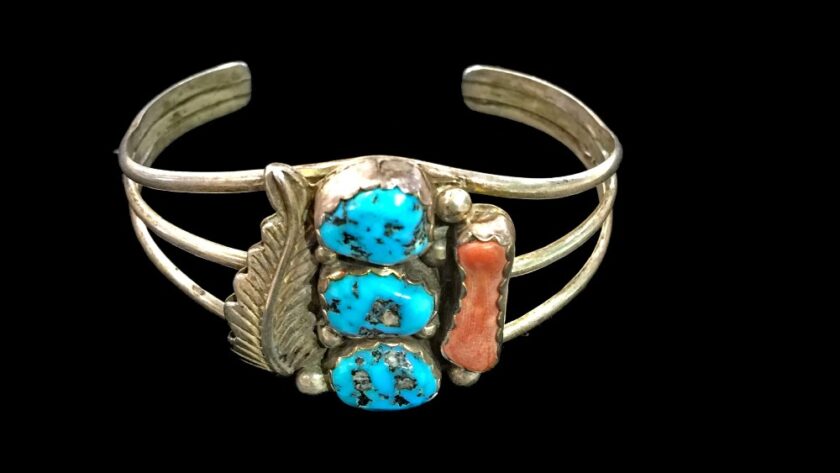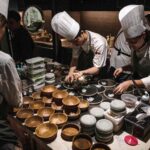After the passing of the Indian Arts and Crafts Act in 1935, it became illegal in the United States to falsely label anything as being made by Native Americans. It may be difficult to trace the origin of turquoise used in ancient Native American jewelry due to the fact that mines create stones of varied colours. Items made with “real turquoise” tend to have a premium price tag because of its authenticity.
Modern Clothing In recent years, the works of young designers including Jesse Monongya, Gail Bird and Yazzie Johnson, Kenneth Begay, and Julian Lovato have found success at auction. Charles Loloma (1921-1991), often recognised as the “father” of contemporary Native American jewelry, has gained more acclaim than anybody else. His artwork is very collectible and routinely sells for high sums at auction.
Since there has been a new flurry of interest in American turquoise jewelry in Japan, prices have risen inexorably as collectors and enthusiasts once again take an interest in 1970s-era pieces. Antique jewelry from Persia made of turquoise and inlaid with gold is equally valued.
Different Types of Turquoise
Most mined turquoise nowadays requires some kind of treatment before being deemed durable enough to be used in jewelry. The following is a list of the many different ways turquoise may be handled, in order of increasing value:
Natural turquoise, or turquoise that has not undergone any kind of treatment.
This kind of turquoise may be used directly by jewelers without any pretreatment. This kind of turquoise, especially when it has a vivid colour, is the most desirable and valuable.
Anti-Fade Turquoise
When it comes to jewelry, stabilised turquoise is always a safe bet. A lot of the time, raw turquoise of this kind is too soft and brittle to be utilised in production. As a result, polymers and other binding substances are sometimes injected into to strengthen it so that it can be cut.
Synthetic or Reconstituted Turquoise
To create composite or rebuilt Vintage turquoise jewelry, little fragments of genuine turquoise are mixed with a polymer and then cast into block form. “Block turquoise” is another name for this kind of turquoise. Crushed turquoise and non-turquoise components are combined and finely crushed before being incorporated into the material to get the desired appearance. Finally, the term “man-made item” is used in place of “turquoise” to describe the finished result.
Dyed Turquoise
Since composite and reconstituted turquoise are porous and take on the hues imparted to them with ease, they are the most common materials utilised in this technique.
The Color Turquoise
The opaque blue colour of Iranian turquoise is easily distinguished from American turquoise because to its matrix. In addition, there is a large colour palette of blues and greens, which is another distinguishing feature. While designers often avoid it, a turquoise with a green or greenish blue undertone is a colour choice that some people like. Nonetheless, this is not the situation for all people.
How to Tell the Difference Between Real and Fake Turquoise in Jewelry
Both howlite and magnesite crystals are comprised of a light grey to white colour spectrum and have a pattern reminiscent to spider webbing. These stones have been coloured to make them seem like genuine turquoise. If the colour is a brilliant blue and very consistent, you should be concerned. If you scratch the surface, you may also see a colour shift underneath.




